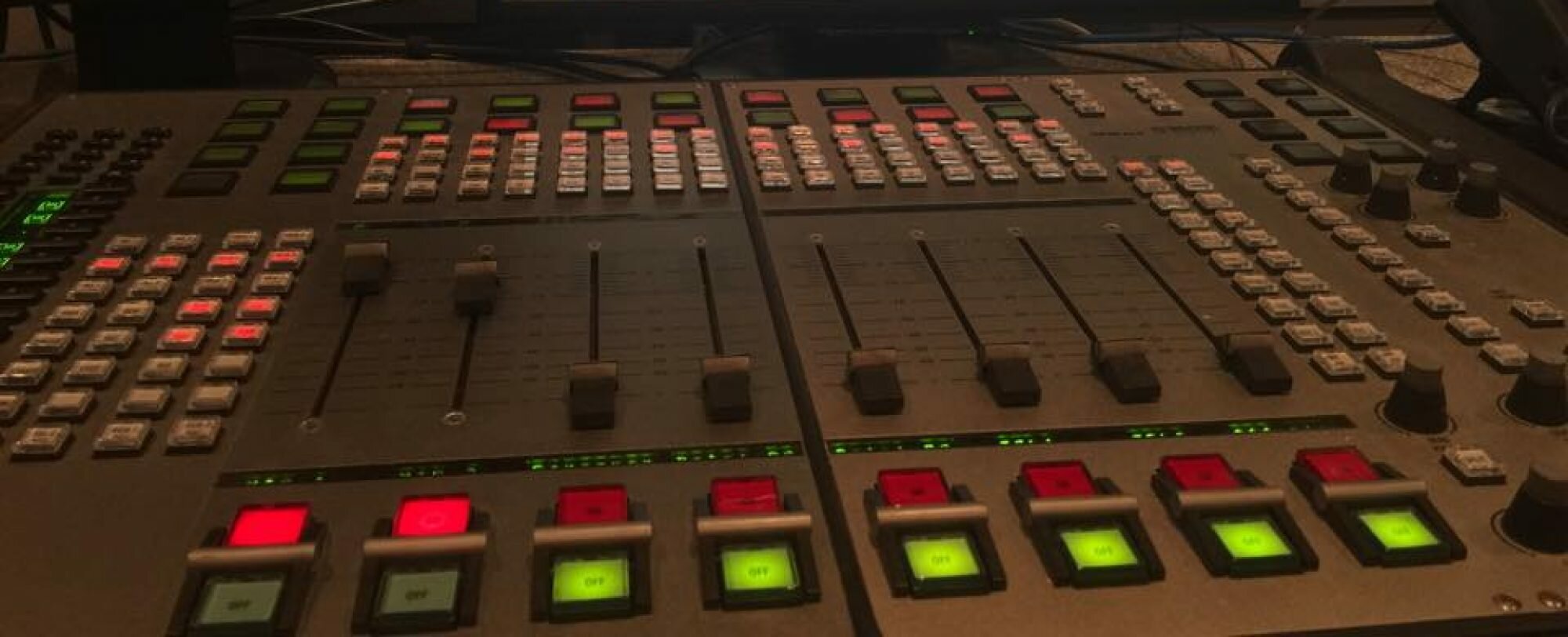NOTE: This blog entry originally appeared in December 2010. For today’s rebroadcast, we re-aired only the tour of the station’s broadcast tower facilities, skipping over Craig Havighurst’s excellent discussion of WSM’s history.
by Chad Campbell, senior producer
This hour aired as part 3 of our series from Nashville in late 2010. We are re-running it because Craig Havighurst’s book Air Castle of the South: WSM and the Making of Music City is now out in paperback.

The medium of radio broadcasting turned 90 years old in 2010. KDKA in Pittsburgh first broadcast election results to a few hundred listeners on November 2, 1920. Five years later, WSM went on the air in genteel Nashville, Tennessee – the “Athens of the South” – known for its churches and universities and its full-size and complete replica of the Parthenon. Soon after launching, the station started broadcasting the WSM Barn Dance on Saturday nights. That title was changed soon after to the Grand Ole Opry and it’s still going strong 85 years later. We begin with Craig Havighurst, who has written an exhaustive twin history of WSM and of the Opry. His 2007 book is called Air Castle of the South: WSM and the Making of Music City. Earlier this year, Nashville’s flood forced WSM out of its riverside studios at the Opryland complex. Havighurst drove us down Interstate-65 south of town to see WSM’s historic 808 foot tall, diamond-shaped, Blaw-Knox manufactured broadcast tower and to introduce us to the station’s chief engineer, Jason Cooper. During Nashville’s May flood, Cooper was responsible for creating a temporary broadcast facility at the station’s transmitter building at the tower, eventually turning his own office into the on-air studio. WSM has been broadcasting from its cramped 78-year-old transmitter building for seven months now but Cooper expects to have the station’s studios in WSM’s permanent home back up and running today. After giving us a thorough tour of the transmitter building, Cooper walked us out to the base of the tower itself and a small brick structure where the signal is sent up the tower and out over the air. Inside that doghouse, there are no speakers, but somehow you can still hear what’s about to be broadcast. I stuck my microphone a little too close for Cooper’s comfort to the source of the audio, trying to capture the faint, ghostly sounds of Dolly Parton and Ricky Van Shelton singing Rockin’ Years through the coils of the WSM tower. As he knocked my arm away, Cooper said the equipment would have stopped my heart and gone right on transmitting, so thanks Jason for saving my life. I think I’d like to give up recording and engineering now and stick to producing.
Here’s a slideshow of our visit with author Craig Havighurst and our tour of WSM’s historic tower.

Wow. That really seems exciting. However it's kinda freaky looking at you standing in front of that signal tower with it almost sucking your life away. And having it sucked away in the middle of Dollie Parton and Ricky Van Shelton singing Rockin Years would have probably made even more depressing. Well, again this is a nice article. Kept a smile on my face. Great Job. Keep it up.
The podcasts can be found at bobedwards.info. Part 1 and Part 2
Great interview! Great picture of the broadcast tower.
Is there a podcast of the WSM article? I can't find it.
Enjoyed the flickr album though.
Thank you for the whole story on WSM and the history of country music. I grew up in Cincinnati and listened to WCKY, another clear channel station that featured all kinds of what was called then, hillbilly music. Don't hear much of that roots stuff anymore, but bluegrass keeps some of the flavor alive. Maybe it will come back around again when it gets rediscovered by future generations.